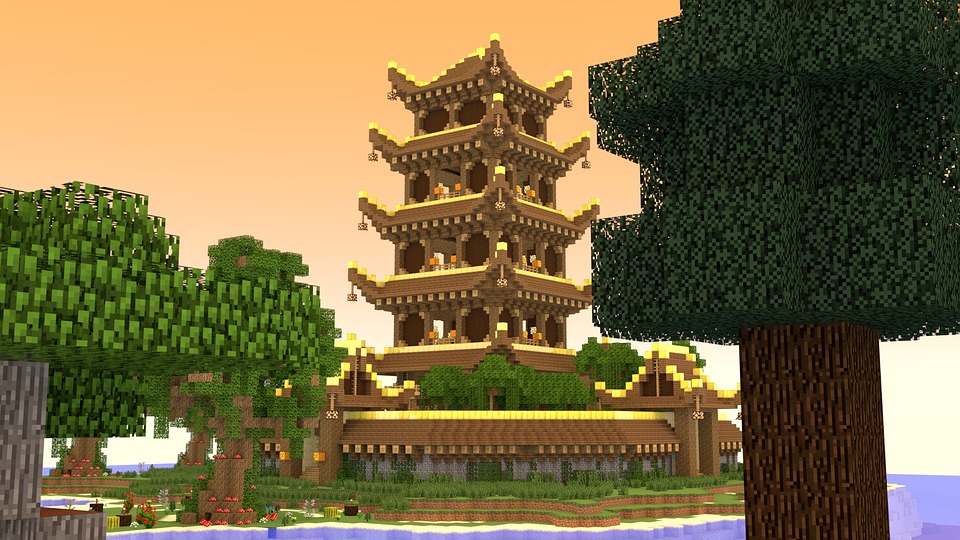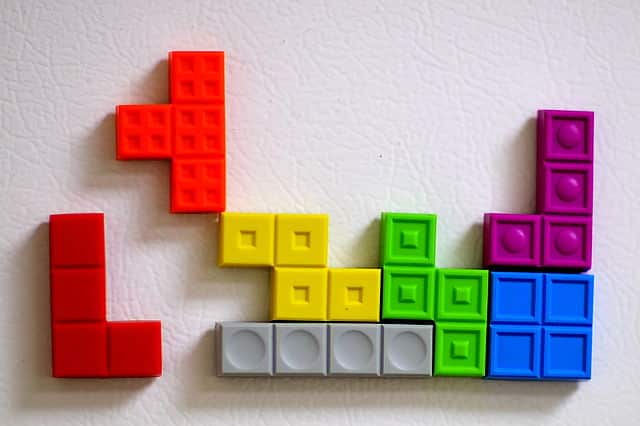But one of the hardest aspects of game design to get right is when it involves the concept of probability. By attempting to introduce a random element into the gameplay, the game design can suddenly take on a life of its own and become a lot more true to life. Evidence of random behaviors can be found everywhere in the gaming world. From the procedurally generated galaxies of adventure games like No Man’s Sky to the spin of the wheel on a game of online roulette, there are plenty of games that use random numbers to create data algorithmically. As far back as 1986, games like The Sentinel used algorithmically generated content to overcome limited memory constraints, and pseudorandom number generators were critical to creating brand new worlds for the player to explore.
The majority of the hugely popular survival games of the present era will have the world that’s created from a random seed to ensure that each game differs slightly. And it’s hard to imagine how a breakthrough mobile game like Minecraft would work without the influence of randomly created worlds. Of course, there are ways that gamers can try and overcome to seemingly random occurrences in a game’s design. The endless wave of websites that are devoted to helping players of RPGs like Hearthstone overcome the odds, it seems as though randomness is the ultimate test of any gamer’s resolve.
But it seems as though it’s the fact that computer games are able to include randomized elements that can’t be found in other formats that are perhaps the gaming industry’s biggest strength. After all, what fun would Tetris be if we know what shaped block would next emerge from the top of the screen? So whether it’s trying to work out the likelihood of getting a good player in an Ultimate Team pack on FIFA 17, or trying your luck at a game of online roulette, it seems as though the success of the current gaming scene is heavily dependent upon the powers of random number generators.

